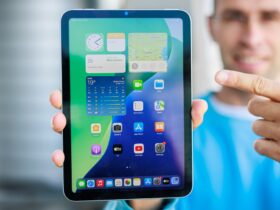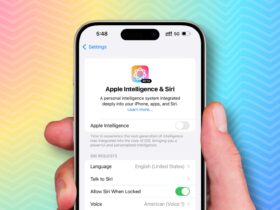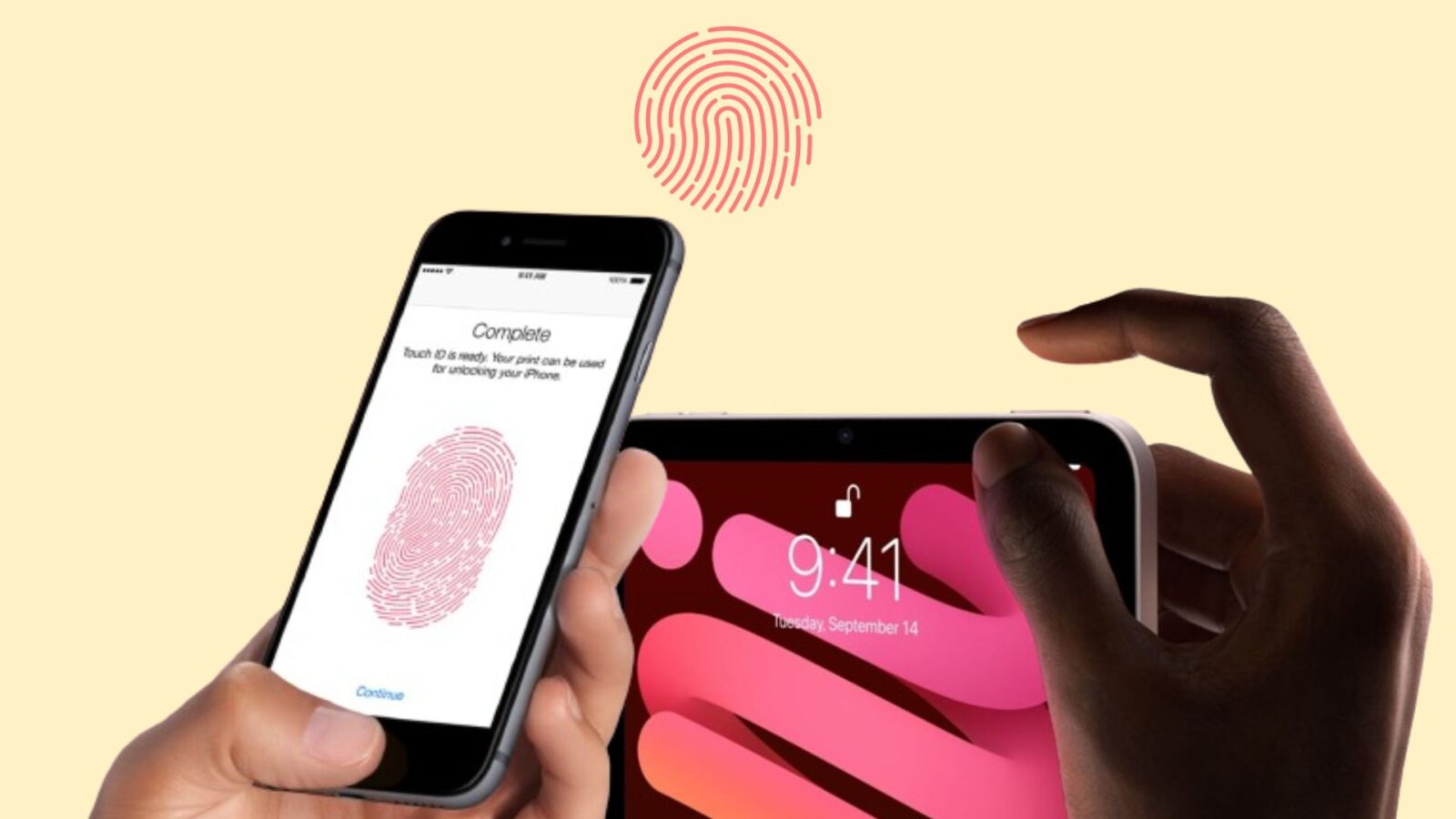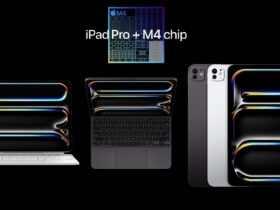Daftar Isi
In the fast-paced world of mobile technology, Apple’s Touch ID has become synonymous with seamless authentication. This fingerprint recognition feature, introduced in 2013, transformed the way we unlock our devices, authorize payments, and secure our digital lives. Let’s dive into the intricacies of Touch ID, exploring its technology, security measures, and impact on user experience.
The Science Behind Touch ID
The Sapphire Crystal and Sensor Integration
Touch ID, Apple’s groundbreaking fingerprint recognition system, owes much of its success to the seamless integration of cutting-edge technology, with the sapphire crystal and sensor serving as the cornerstone of its functionality. Nestled within the sleek design of Apple devices, this small yet formidable sensor is enveloped in a layer of sapphire crystal, renowned for its exceptional durability and optical clarity. This crystal shield not only safeguards the sensor against scratches and abrasions but also ensures optimal transparency, allowing for precise fingerprint scanning without compromising on visual quality.
The ingenious marriage of sapphire crystal and sensor technology empowers Touch ID to deliver unparalleled accuracy and reliability. Whether discreetly nestled within the home button of older iPhone models or seamlessly integrated into the power button of recent iPad iterations, the sensor operates with remarkable precision, capturing high-resolution images of users’ fingerprints with exceptional clarity and detail. This meticulous attention to detail ensures that Touch ID can accurately identify and authenticate users’ fingerprints, providing a seamless and secure user experience that has become synonymous with Apple’s commitment to innovation and excellence.
Beyond its protective properties, the sapphire crystal lens plays a pivotal role in enhancing the sensor’s performance by enabling it to focus precisely on the intricate patterns and ridges of users’ fingerprints. This precise focus is instrumental in ensuring reliable and swift fingerprint recognition, allowing users to effortlessly unlock their devices and access sensitive information with a simple touch.
Capturing Subepidermal Details
Touch ID doesn’t merely scan the surface of your fingertip. Instead, it delves deeper, analyzing the subepidermal layers of your skin. The capacitive touch sensor captures intricate details, including ridge patterns, pores, and even minor variations caused by edge structures. By categorizing each fingerprint into arches, loops, or whorls, Touch ID creates a unique mathematical representation. Importantly, this representation—rather than actual fingerprint images—is stored securely within the device.
Read More: Apple Music 1: The Rise of Live Radio in the Streaming Era
Security and Convenience
Uniqueness and Probability
In the realm of biometric authentication, Apple’s Touch ID stands as a testament to the intricate balance between uniqueness and probability, ensuring robust security without compromising user convenience. At the core of Touch ID’s effectiveness lies the inherent uniqueness of every fingerprint—a characteristic that sets it apart from conventional passcodes or PINs. Unlike alphanumeric codes, which offer a finite number of combinations, each fingerprint is distinct, with even small sections of two separate prints exhibiting minimal resemblance. This inherent uniqueness drastically reduces the likelihood of accidental unlocks, elevating Touch ID’s security prowess.
Consider this: while the probability of correctly guessing a typical 4-digit passcode stands at 1 in 10,000, Touch ID boasts an even more impressive probability of a false match, estimated at 1 in 50,000. This remarkable level of precision underscores the effectiveness of fingerprint recognition in thwarting unauthorized access attempts. Moreover, Touch ID incorporates additional security measures to further bolster its resilience against potential threats. For instance, the system imposes strict limitations, allowing only five unsuccessful fingerprint attempts before requiring the user to input their passcode—an added layer of defense that mitigates the risk of unauthorized access while preserving user privacy.
Continuous Learning and Adaptation
Touch ID evolves over time. As you use it, the system incrementally improves its matching accuracy. It adapts to changes in your fingerprint due to factors like aging, minor injuries, or environmental conditions. Whether you’re unlocking your iPhone, authorizing an Apple Pay transaction, or signing into apps, Touch ID seamlessly integrates convenience with robust security.
Conclusion: A Fingerprint Revolution
Apple’s Touch ID technology has transcended its initial role as a home button feature. It’s now a fundamental part of our daily interactions with devices. As we marvel at the speed and precision of our fingerprint unlocking, let’s appreciate the science and engineering that make Touch ID not just a convenience but a safeguard for our digital privacy.


































